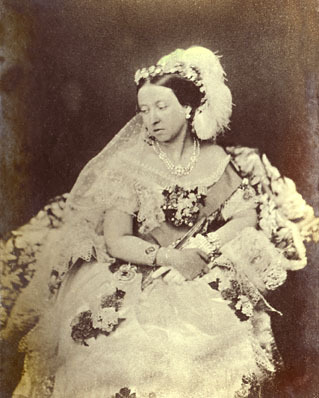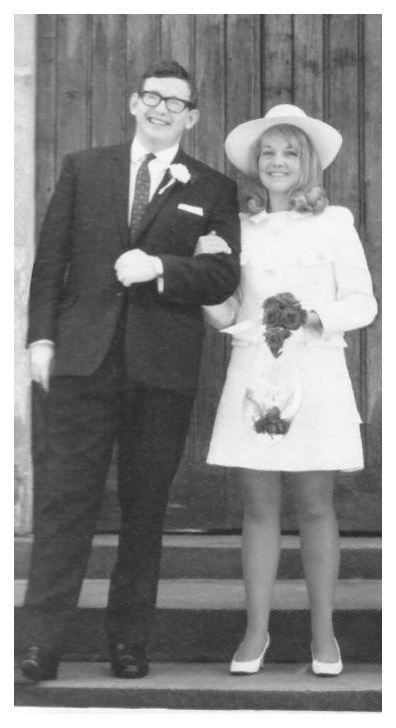 and function and the various available types of gowns one can choose. The bridal industry makes $50 billion a year worldwide, which is only a fraction of the $900 billion that the overall fashion industry is responsible for. In this post I want to discuss the place of fashion in the wedding industry and how it happens that women spend more money on gowns than any other part of the wedding.
and function and the various available types of gowns one can choose. The bridal industry makes $50 billion a year worldwide, which is only a fraction of the $900 billion that the overall fashion industry is responsible for. In this post I want to discuss the place of fashion in the wedding industry and how it happens that women spend more money on gowns than any other part of the wedding. Back in the old days a woman’s wedding gown said everything about her family and social standing in the eyes if her future husband. Thus, the wedding gowns of the time featured more and more expensive fabric the wealthier the family was. The poorest girls in town would wear their Sunday bests to their weddings while the richest would have a dress maker design a custom gown to celebrate their big day. I suppose that’s my job.
But the trends of the old days changed completely when Queen Victoria wore white on her  wedding day to symbolize her virginity going into the marriage. Suddenly, the wedding dress trend changed from wearing the fanciest gown possible to wearing a dress reflective of the fashion of the period – the only restriction being that it must be white. In the 60s there were little white mini dresses with flowy sleeves and in the 80s big poofy gowns inspired by Princess Diana’s masterpiece dress designed by David and Elizabeth Emanuel in 1981.
wedding day to symbolize her virginity going into the marriage. Suddenly, the wedding dress trend changed from wearing the fanciest gown possible to wearing a dress reflective of the fashion of the period – the only restriction being that it must be white. In the 60s there were little white mini dresses with flowy sleeves and in the 80s big poofy gowns inspired by Princess Diana’s masterpiece dress designed by David and Elizabeth Emanuel in 1981.
Of course, like anything else, wedding dress design was affected by the changing social climate throughout the 21st century. As the women’s rights movements progressed, so did women’s ideas of a fashion and the unnecessary traditions associated with marriage. Soon women were wearing anything they wanted for their big days, striking the fancy white conventions and expressing their personal styles with wide variety and colour. In my humble opinion, the notion of the wedding dress and indeed, the wedding is one than exists solely  to allow women one chance to buy a gown better than any other gown. The dress usually corresponds not only with the bride’s social standing but also their personal character, and their political, social and religious beliefs.
to allow women one chance to buy a gown better than any other gown. The dress usually corresponds not only with the bride’s social standing but also their personal character, and their political, social and religious beliefs.
So it’s complicated, this choice. The choice of which dress is the dress that will represent the bride the best is one that is often taken into deep consideration by many stylists and designers. As for myself, when I started the current piece I’m working on, I thought I had the best idea ever and drew it out and hoped it would please the bride in question. Though she did love the idea, there was a seemingly minor detail which was not to the taste of the groom which caused me to put my entire design under a microscope. As a result, I have now come up with three distinct, but similar designs represented in three prototype dresses for her to tear apart and decide which pieces she likes the best.
I was warned not to get into doing wedding shit by my mentor Patricia Fell once. She did it  herself for a time and warned me of the psycho brides and the overzealous family members, but she also gave me some compelling advice. She said that before the wedding, when making a wedding dress, the dress maker must have regular fittings with the bride, with increased frequency as the final date approaches. This process is not only to accommodate the ever fluctuating weight of the stressed out bride, but to act as a sort of psychiatrist, allowing the bride to vent her stress, all the while appreciating the precision of
herself for a time and warned me of the psycho brides and the overzealous family members, but she also gave me some compelling advice. She said that before the wedding, when making a wedding dress, the dress maker must have regular fittings with the bride, with increased frequency as the final date approaches. This process is not only to accommodate the ever fluctuating weight of the stressed out bride, but to act as a sort of psychiatrist, allowing the bride to vent her stress, all the while appreciating the precision of  the dress making process. It’s something that must be done in order to establish trust between the bride and her dress maker as well as allow for a better final outcome overall.
the dress making process. It’s something that must be done in order to establish trust between the bride and her dress maker as well as allow for a better final outcome overall.
Very interesting, the whole idea of working in the bridal industry. At the moment, I love the thought. But perhaps Patricia is right and the stress of working with bridezillas won’t be worth the fabulous money that can be made from these endeavors. Yet another decision, the answer to which I’m sure will reveal itself in due time.
Until then!

